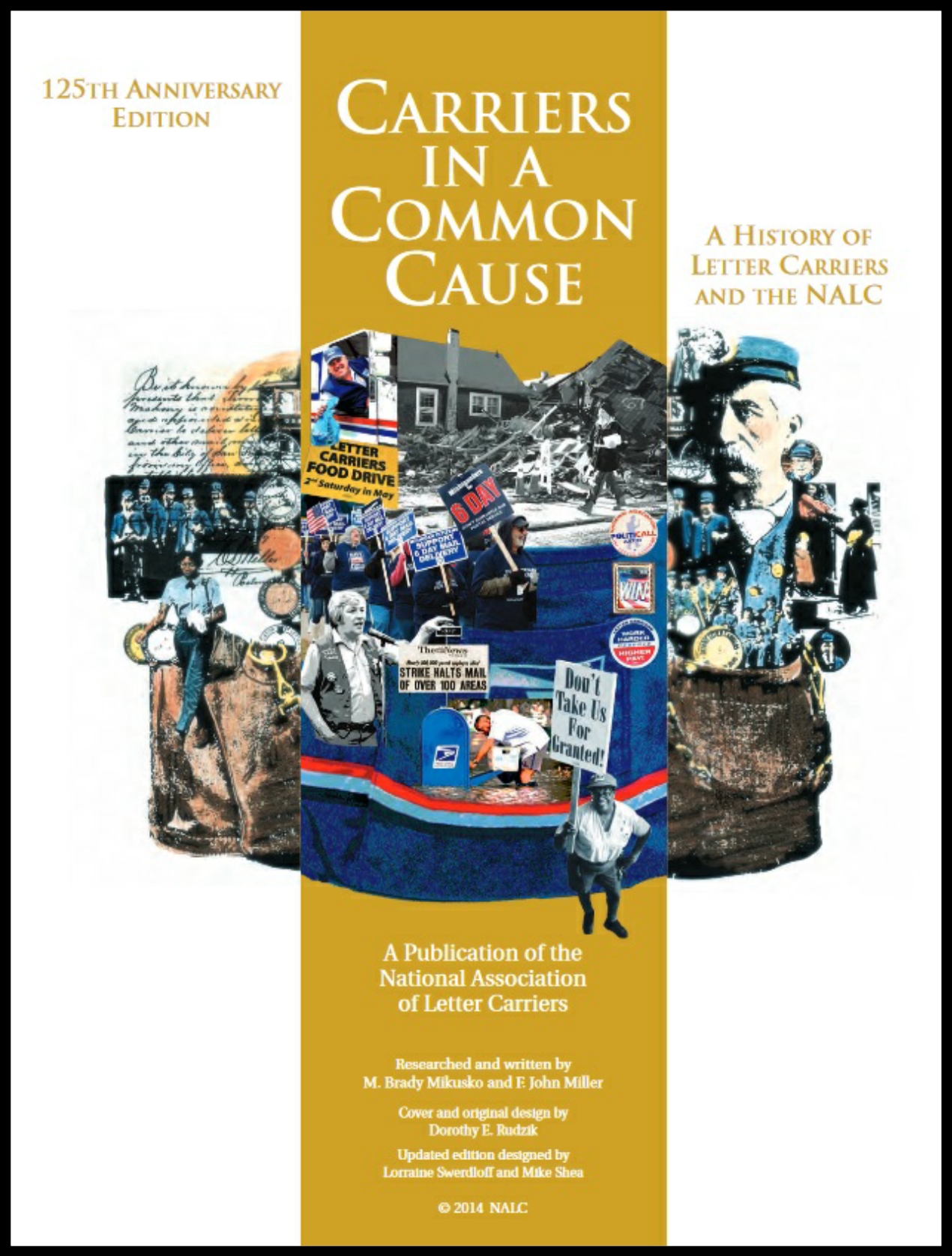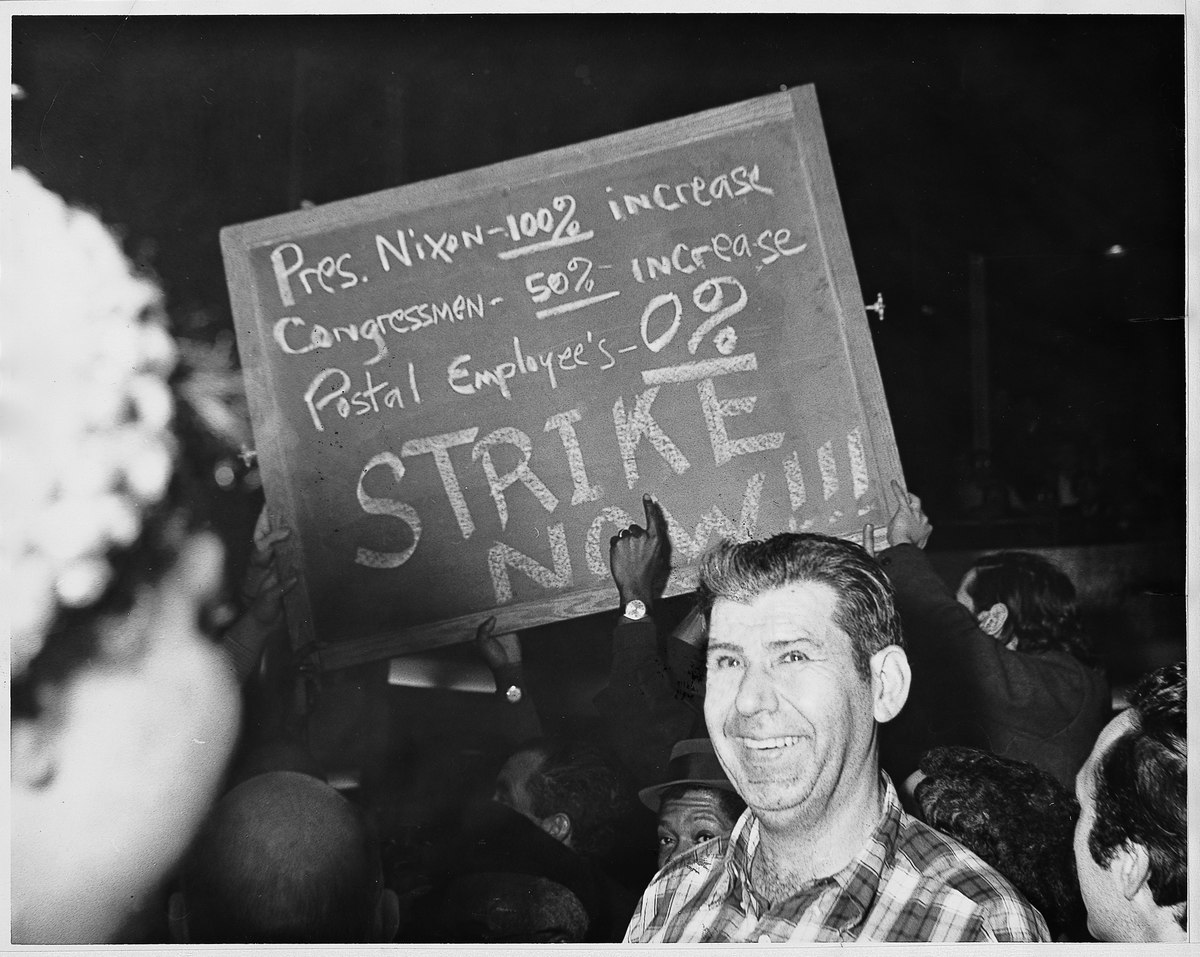Branch Officers
Secretary - Keith Bates
Financial Secretary - Ron Oree
Treasurer - Phil Khan
Assistant Secretary Treasurer - Gerry Tripp
Director of City Delivery - Michael Moore
Director of Retirees - Clara Sarmiento
Editor - Andy Fontanetta
Sergeant at Arms -
Victor Vicenty
Trustee -
Raymundo Taveras
Trustee - Ivelis Medina
Trustee - Raul Escudero
Webmaster - Thomas Ryan
Station Stewards
STATION "A" -
Lee Mary Burgos
KEW GARDEN HILLS -
Raymundo Taveras
BAYSIDE -
Michael Flaherty & Owen Medford
COLLECTIONS -
Qi Feng Li
COLLEGE POINT -
Natasha Hutchins
CORONA -
Patrick Yeung
EAST ELMHURST - Lawrence Meller
ELMHURST -
Kareem Hunter & Ali Tokko
FOREST HILLS -
John Idzinski & Tiffany Alago
FRESH MEADOWS -
Victor Vicenty & Pat Hendrick
JACKSON HEIGHTS -
Alicia Cabrera & Yvette Lugo
LINDEN HILL -
Yue Lee
LITTLE NECK -
Mary Hogan
MASPETH -
Jolenta Barrett
MIDDLE VILLAGE - VACANT
MAIN POST OFFICE -
Tsung (Sue) Lee & Vedawattie Singh
OAKLAND GARDENS -
Johnny Lambert & Alt. Latoyra Clarkson
REGO PARK -
Juan Rodriguez
RIDGEWOOD -
Antonine Fiote, Charles Williams
WHITESTONE -
Simone Wiltshire
WOODSIDE - Gerry Tripp, Raymond Schelmetty & Alt. Thomas Dichiara
National Association of Letter Carriers
The NALC maintains an Information Center in its headquarters in Washington, DC. Assets include Postal Records and other union publications, along with vertical files on union history and letter carrier–related topics. While its primary purpose is to support union officers and staff, it is open to interested members of the public by appointment.
Contact the Information Center by writing to Information Center, NALC, 100 Indiana Ave. NW, Washington, DC, 20001-2144.
For more information on the history of the union, you can read Carriers in a Common Cause, the NALC’s official history. The book tells the story of the struggle by letter carriers, from the birth of the Postal Service in 1775 to 2014.
The Great Postal Strike of 1970
"The strike that stunned the country," read the headline in Time magazine.
Maybe Time was stunned. But 200,000 postal workers had a different view. For them, the Great Postal Strike of 1970 was the moment they were "standing 10 feet tall instead of groveling in the dust," as a Manhattan letter carrier put it. They got fed up, joined together, and transformed both the Postal Service and their own lives forever.
Postal workers were part of eight separate craft unions, including the National Association of Letter Carriers (NALC). But they (like all other federal employees) were denied the freedom to bargain collectively over wages. And like all federal employees, they were forbidden to even advocate for the right to strike.
By 1970, full-time employees started out at $6,176 ($34,641 in 2010 dollars). After 21 years of hard work, they averaged only $8,442 ($47,351 in 2010 dollars). It was a struggle just to survive on these wages, especially in big cities. Plenty of postal workers actually qualified for food stamps.
After years of debating but not acting on raising the pay of postal workers, Congress finally acted—sort of. In March, 1970, the Senate Post Office Committee reported a bill that would give postal workers a 5.4 percent pay increase, which was less than the rate of inflation. But then came word that Congress wouldn't even act on that bill for three or four weeks.
Postal workers contrasted their treatment with the 41 percent salary hike Congress had given itself just the year before. They were furious.
The delay by Congress was the last straw. On March 17, New York City letter carriers voted to defy the law and go on strike. Clerks and other postal workers refused to cross their picket lines. Then, the wildcat strike suddenly spread across the country. By the following week, 200,000 postal workers from New England to California had walked off the job. Time called it the largest walkout ever against the Federal government.
President Richard Nixon vowed to crush the postal workers. "We have the means to deliver the mail," he claimed. It was a hollow claim. He dispatched 23,000 United States Armed Forces personnel to New York City to process the mail, but without proper training, there was no way they could do the job. Meanwhile, courts were busy serving injunctions and imposing fines against union leaders.
Finally, the Post Office Department figured out it needed postal workers.
It went into serious bargaining with the postal unions. Within one day, they reached a preliminary agreement and the postal workers went back on the job. After a final agreement was hammered out a month later, the postal workers won a 6 percent wage increase—and that summer, President Nixon signed the Postal Reorganization Act that gave the postal workers an additional 8-percent raise.
They won another big victory. Under the newly reorganized Postal Service, postal workers now had rights they never had before. They could bargain collectively for wages, benefits and working conditions. And while they were still prohibited from striking, they achieved a binding arbitration process for resolving contract disputes.
The following year, five of the eight postal unions joined together in the American Postal Workers Union (APWU). The APWU, along with the Letter Carriers and the National Postal Mail Handlers Union, the APWU would become part of one of the most successful public-sector union movements in American history.
One who took part in the strike and witnessed everything that followed was a young postal worker in Cleveland, Bill Burris, who in 2001 was elected APWU president. He now says, "The most important achievement of the strike was winning the right to bargain collectively. By standing together, we had become a real union."
Sources
Walsh, John, and Mangum, Garth, Labor Struggle in the Post Office: From Selective Lobbying to Collective Bargaining. M.E. Sharpe, 1992. Anonymous, "Great Postal Strike of 1970: From 'Collective Begging' to Collective Bargaining. The American Postal Worker (March-April, 2010). Anonymous, "The Strike that Stunned the Country." Time (March 30, 1970). Anonymous, "APWU History" (www.apwu.org/about/history.htm). Panel discussion of the Great Postal Strike of 1970, Smithsonian NationalPostal Museum, March 22, 2010 (video) (http://apwu.org/news/webart/2010/10-024-strikeanniv_video-100322.htm).
Our Website Then and Now
October, 17 2023
When working at the USPS as a Shop Steward in Fresh Meadow, I took on the task on the challenging position in educating and protecting our union membership. I gone through training courses and shown by other Stewards and Officers at our NALC 294 main office the ins and outs on handling grievance cases and membership information. The biggest challenge was gathering information to not only find supportive information for a given case but the source material as well. I have made a couple websites before for my own personal use and got me thinking about our local branch. The previous NALC Br. 294 President Mark Sobel tried to get a website going with a private company but it didn’t work out. So being a Shop Steward and an OJI Trainer I put a basic site up and presented it to President Tony Paolillo and the Branch Officers and they loved it and so NALC294.com was born.
So now with the birth of our website I began the task of growing and expanding it. One thing I didn’t want to do is to get political so I looked for information that only gives the facts and direct source information. You will notice no Fox News or CNN type of News sites are used but direct source information from the NALC, USPS and the Government and it’s departments. I added in all manuals and booklets that not only help our Union Membership but our Shop Stewards and Union Officers in gathering material for grievances. There are loads of resources in our website from our contract, local agreements and MOUs, job safety health and the weather conditions to on-to-job injuries, FMLA, EAP and Disaster Relief. Many will notice that I added information for both FERS and CSRS Retirement systems so checkout the material. The site is always update with News updates from reliable sources, upcoming Union Meetings and Planned Events. I even added in the history of our Union and those who runs it so you understand the inner workings of our great organization the National Association of Letter Carriers.
As time gone by so did our NALC Br. 294 website has grown but things change last Summer. The hosting company called WEBS that we used was bought out by another company Vistaprint which in turn moved the accounts to Exact Hosting but sadly the sites didn’t go with them. Being the Webmaster of the branch with the help of President Tony Paolillo and Officer Keith Bates of NALC Br. 294 started the task of building a new and improved website that is more up to date and far more professional then the last which took about a month to build. I hope everyone enjoys and uses the site for all your needs and questions. As Tony always says, “Knowledge is Power.” I learned in life that there are no stupid questions and the added knowledge we receive helps us and our Union to grow and remain strong.
Webmaster Tom Ryan













